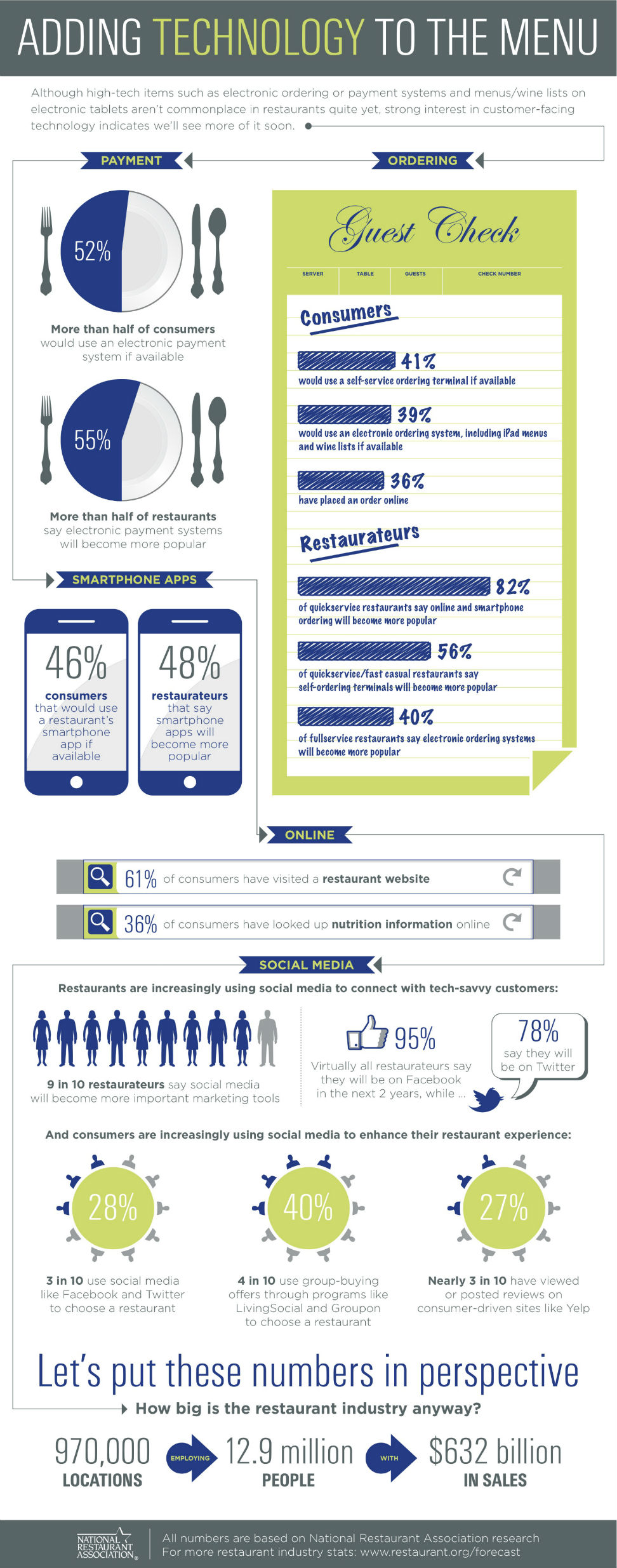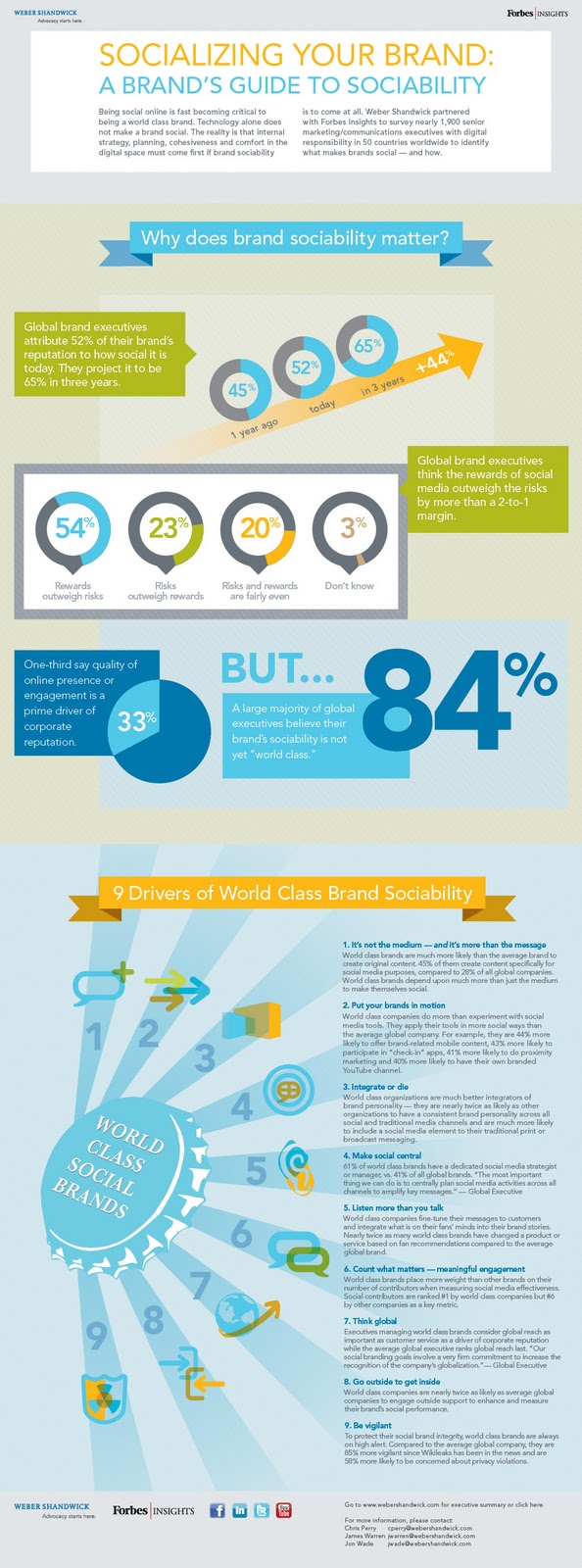Research shows that local search listings are now more important than any other type of listing because they provide the information searchers want quickly (URL, address, phone, coupons, operating hours, reviews, etc.). Local search listings were also found to be trustworthy because they immediately provide the relevant information consumers need to make a purchase decision.
Done in partnership by Localeze and 15miles, the 2012 Local Search Usage Study, conducted by comScore, found that 61 percent of respondents searching for local business information believe local search results are the most relevant, as shown in the chart below. Additionally, 58 percent found local search results to be the most trustworthy when compared to natural search results, paid search results, and paid results.
Gone are the days of “surfing the web.” Today’s consumers want to find information quickly, and they search with a purpose. They want to find information in the shortest time possible since many of them search on the go. By 2014, more users will access the web from mobile devices than from desktops and laptops — a shift that continues to accelerate.
Relevant local search results
With national advertisers dominating paid search, consumers searching the web for a local business near home will often get the closest national chain, which may or may not be the closest option. This leaves consumers dubious about web search because merchants close by are not found at the top.
This is why consumers go to local search, which has business listings and provides the best way for consumers to connect with businesses close to where they live and work. The popularity of location-based apps and social networks make it even more important for search results to produce business listings based on a searcher’s location. Needless to say, these listings must be accurate in providing phone numbers, directions, and so forth.
SOURCE Why consumers can’t find you online – iMediaConnection.com.



